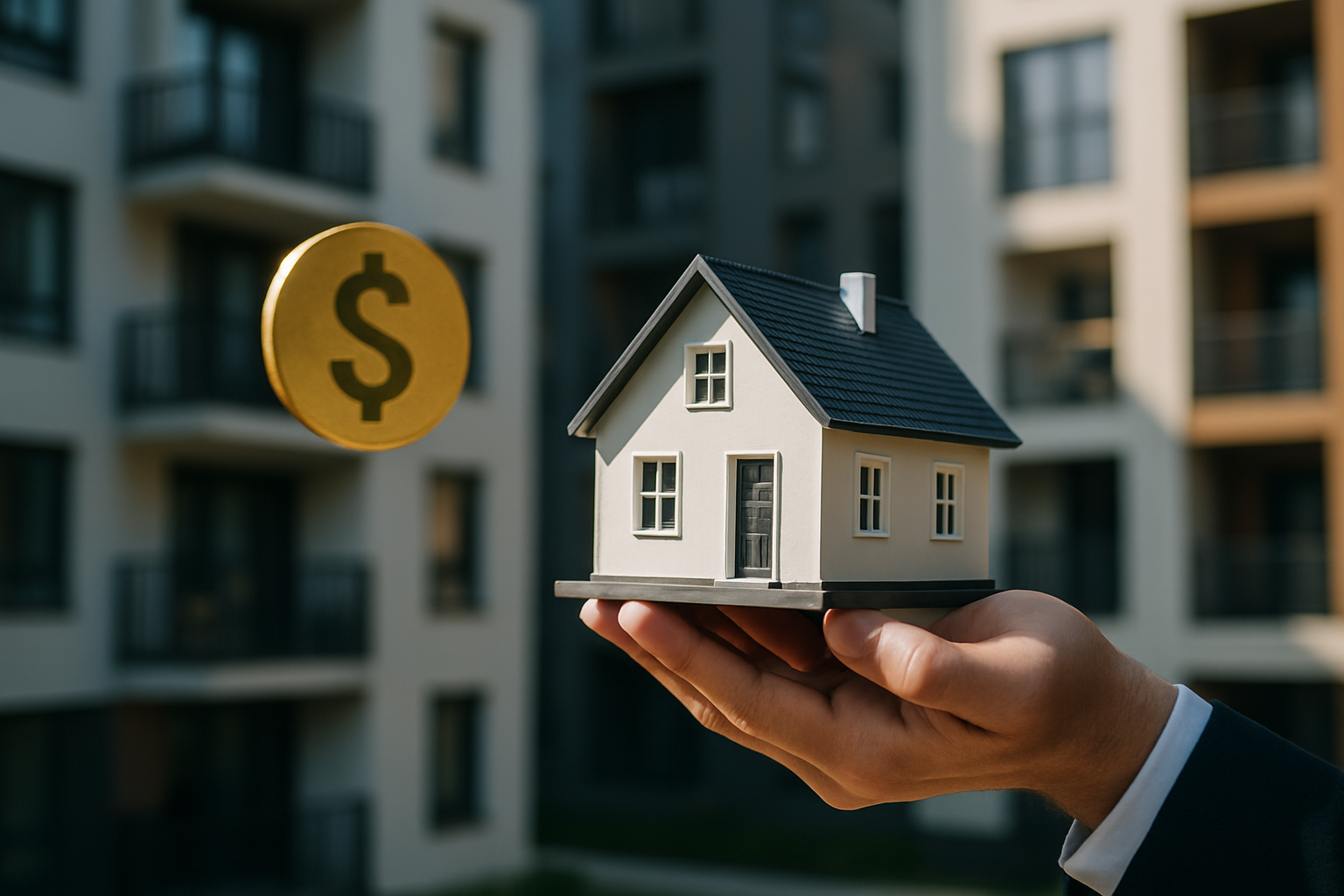What Every Homeowner Should Know About Property Value
Understanding what drives property value is essential for any homeowner, whether you’re thinking of selling, refinancing, or simply investing in your future. This article breaks down the key factors that influence your home’s worth, from location and market trends to renovations and upkeep. By gaining a clear picture of how property values are assessed, you can make smarter decisions to protect and grow your investment with confidence.

How does location impact property value?
Location is often cited as the most critical factor in determining property value, and for good reason. The old real estate adage “location, location, location” holds true because where your home is situated can significantly impact its worth. Desirable neighborhoods with low crime rates, good schools, and proximity to amenities like shopping centers, parks, and public transportation tend to command higher property values.
Additionally, the potential for future development in the area can influence property values. Upcoming infrastructure projects, new businesses, or planned community improvements can boost home prices in anticipation of increased demand. Conversely, negative changes in the neighborhood, such as increasing crime rates or the closure of major employers, can have a detrimental effect on property values.
What role do market trends and economic factors play?
The broader economic landscape and real estate market trends play a substantial role in determining property values. Factors such as interest rates, employment rates, and overall economic growth can impact the housing market. When the economy is strong and interest rates are low, demand for housing typically increases, driving up property values.
Market supply and demand also significantly influence home prices. In areas where housing inventory is low and demand is high, property values tend to rise. Conversely, in markets with an oversupply of homes or declining population, property values may stagnate or even decrease.
It’s important to note that real estate markets can be highly localized. While national trends provide a general overview, local market conditions can vary significantly from one area to another, even within the same city or region.
How do home maintenance and improvements affect value?
The condition of your home and any improvements you make can have a substantial impact on its value. Regular maintenance is essential to preserve your home’s worth. Neglecting basic upkeep can lead to more significant issues over time, potentially decreasing your property’s value.
When it comes to home improvements, not all renovations offer the same return on investment. Generally, updates to kitchens and bathrooms tend to yield the highest returns. Energy-efficient upgrades, such as installing new windows or improving insulation, can also add value by lowering utility costs and appealing to environmentally conscious buyers.
However, it’s crucial to consider the local market when planning improvements. Renovations that might significantly boost value in one area may not have the same impact in another. Over-improving for your neighborhood can also be a pitfall, as you may not recoup the full cost of high-end upgrades if they’re out of sync with local expectations.
What unique regional considerations affect home value?
Regional factors can play a significant role in shaping property values. Climate, for instance, can impact home prices in various ways. Areas prone to natural disasters like hurricanes, floods, or wildfires may see fluctuations in property values due to increased insurance costs or perceived risks.
Local regulations and zoning laws can also influence home values. Restrictions on development or changes in land use policies can affect property values by altering the potential uses or desirability of an area.
Additionally, regional economic factors, such as the presence of major industries or employers, can significantly impact home values. Areas with diverse, growing economies tend to see more stable or increasing property values compared to regions heavily dependent on a single industry.
How do property size and features impact value?
The size and features of your property are fundamental in determining its value. Generally, larger homes command higher prices, but the relationship isn’t always linear. The layout and usability of space can be just as important as raw square footage.
Key features that often positively impact home value include:
-
Number of bedrooms and bathrooms
-
Updated kitchens and appliances
-
Energy-efficient systems and features
-
Outdoor living spaces like decks or patios
-
Garages or ample parking space
However, the value of specific features can vary based on local preferences and market demands. For example, a swimming pool might be a highly desirable feature in warm climates but could be seen as a maintenance burden in colder regions.
It’s also worth noting that while certain features can add value, others might detract from it. Unusual or highly personalized renovations may not appeal to a broad range of buyers, potentially limiting your home’s marketability.
Understanding these key factors that influence property value empowers homeowners to make informed decisions about their investments. Whether you’re looking to sell, refinance, or simply want to maintain and grow your home’s worth, keeping these elements in mind can help you navigate the complex world of real estate with greater confidence and success.




